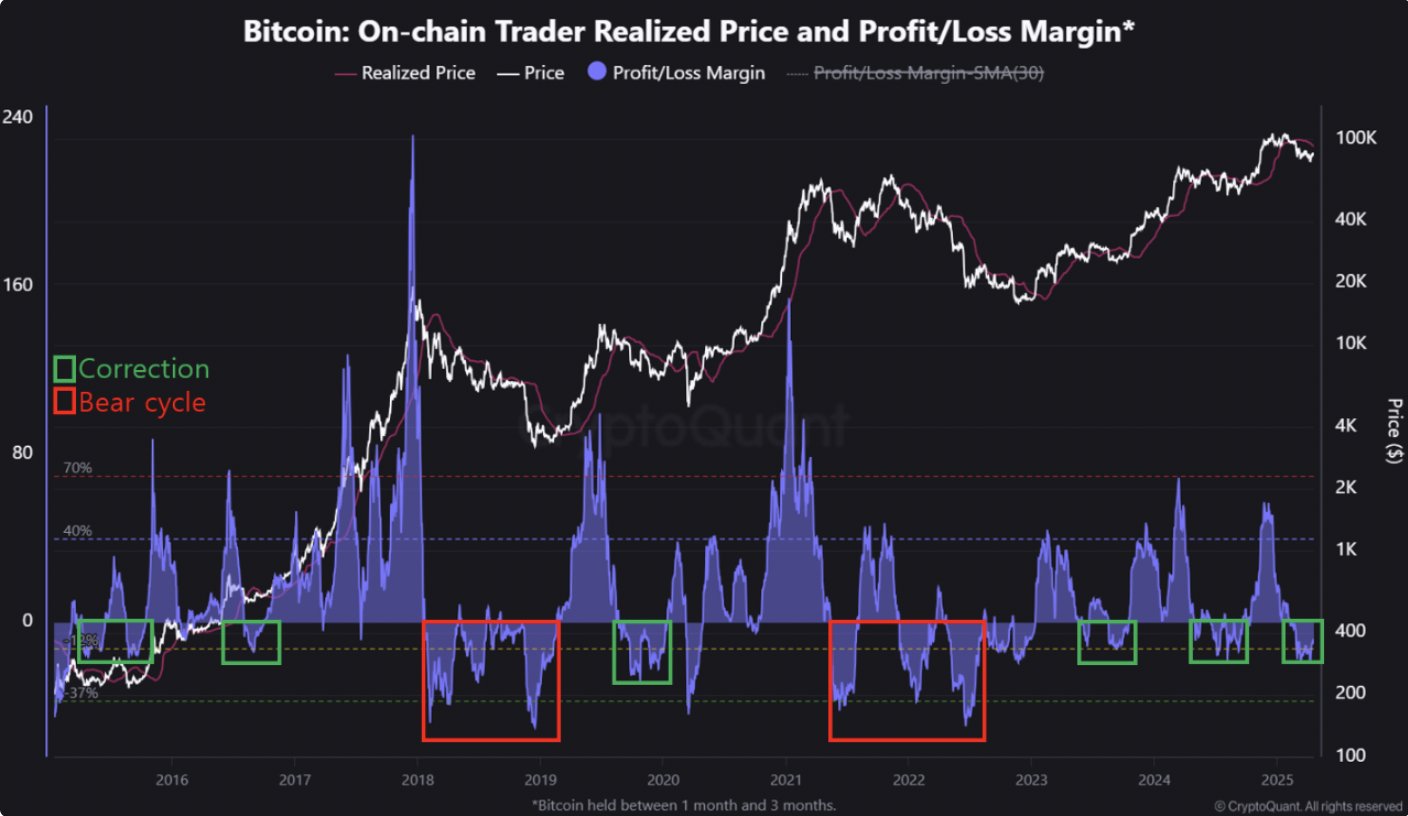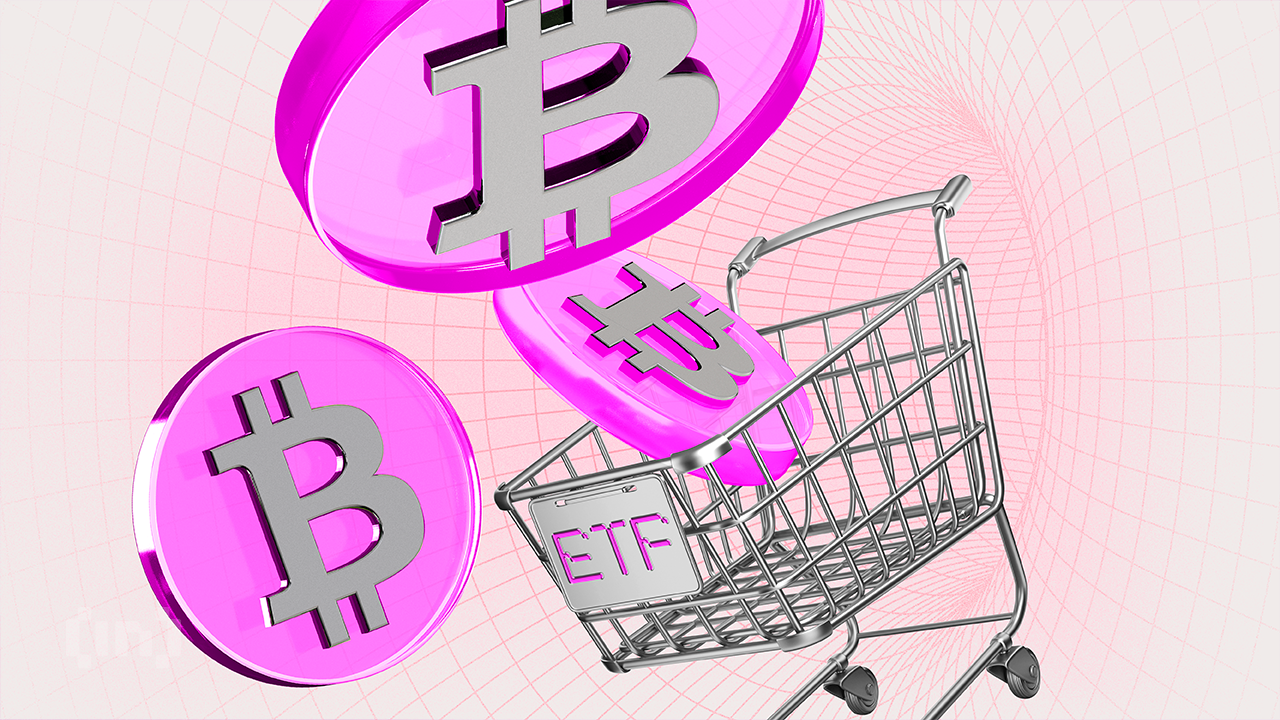Deutsche Bank, Standard Chartered Eye Crypto Comeback in the U.S.
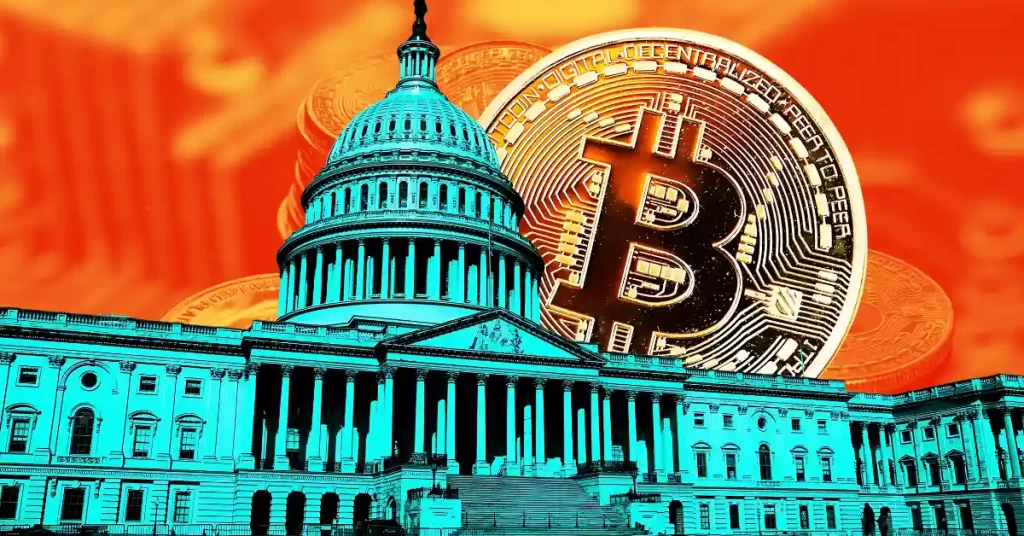
The post Deutsche Bank, Standard Chartered Eye Crypto Comeback in the U.S. appeared first on Coinpedia Fintech News
Legacy financial institutions, from global banks to regulators have never been this pro-crypto until President Trump took office. In what can be termed as a seismic shift, global banking giants like Deutsche Bank and Standard Chartered are now planning to expand their presence in the U.S, according to a recent Wall Street Journal report.
Although the details are still unclear, the latest interest comes as traditional finance slowly shifts back toward crypto, especially after the collapse of FTX and the shutdown of key crypto-friendly banks. The rising client demands, new revenue opportunities, regulatory clarity and the banks’ urge to stay competitive in the ever evolving market could be driving this new interest.
Major Banks Seek Licenses
With Trump’s promise to make the U.S. “the crypto capital of the planet,” these banks seem more ready than ever to dive into the crypto world. The recent bills in Congress aim to regulate stablecoins requiring the issuers to secure banking licenses or charters. While some crypto firms are pursuing full banking licenses, while others want limited approvals just to issue stablecoins.
Several crypto firms including BitGo, Circle, Coinbase and Paxos are planning to apply for Bank Charters or licenses as they plan to expand their operations in the US.
Currently, Anchorage Digital is the only crypto company in the US with a federal Bank Charter. However, it has spent millions of dollars to comply with the regulatory requirements and is currently under investigation.
A recent Barron’s report reveals that the US Department of Homeland Security’s El Dorado Task Force has launched an investigation into Anchorage possibly over money laundering or financial crime concerns. Former employees have also been contacted as part of the probe. However, Anchorage has denied the claims saying that the report is just based on mere speculations.
Bank of America is also ready to issue its own stablecoin once there is legal clarity. Similarly, U.S. Bancorp has resumed its crypto custody services in partnership with NYDIG.
However, while KeyCorp CEO Chris Gorman recognizes the opportunity, he has decided to wait and evaluate to see how the space develops with the regulatory challenges.
The post Deutsche Bank, Standard Chartered Eye Crypto Comeback in the U.S. appeared first on Coinpedia Fintech News
Legacy financial institutions, from global banks to regulators have never been this pro-crypto until President Trump took office. In what can be termed as a seismic shift, global banking giants like Deutsche Bank and Standard Chartered are now planning to expand their presence in the U.S, according to a recent Wall Street Journal report. Although …




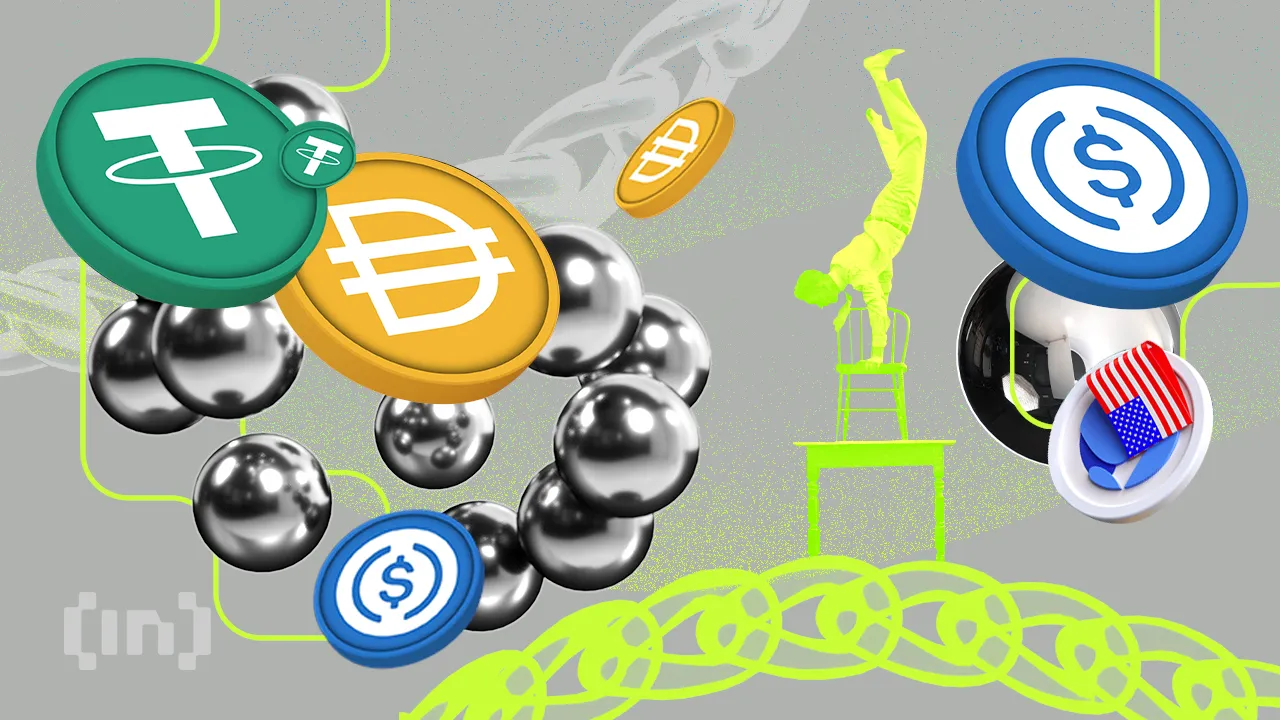


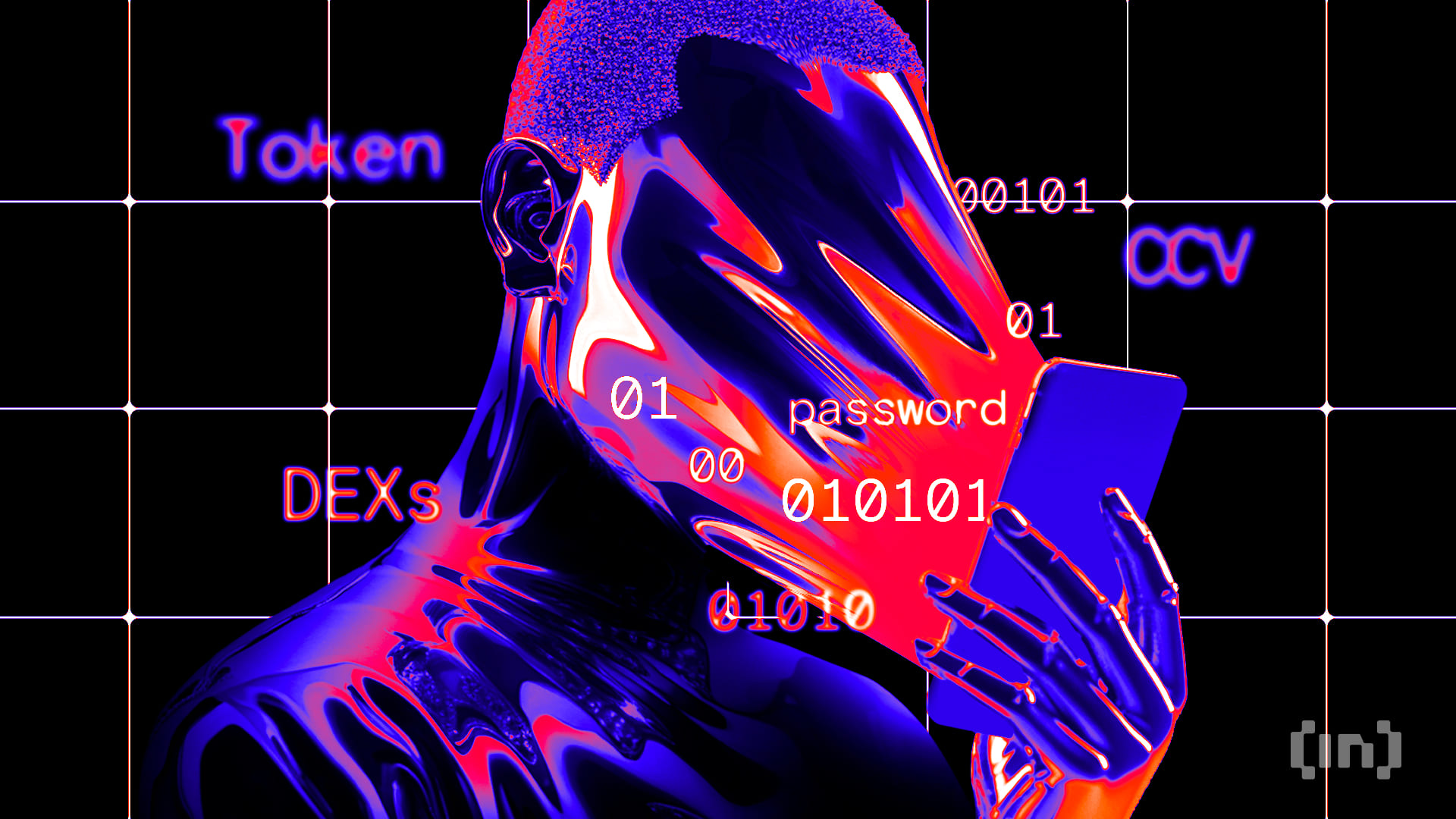








 0.45%
0.45% 



